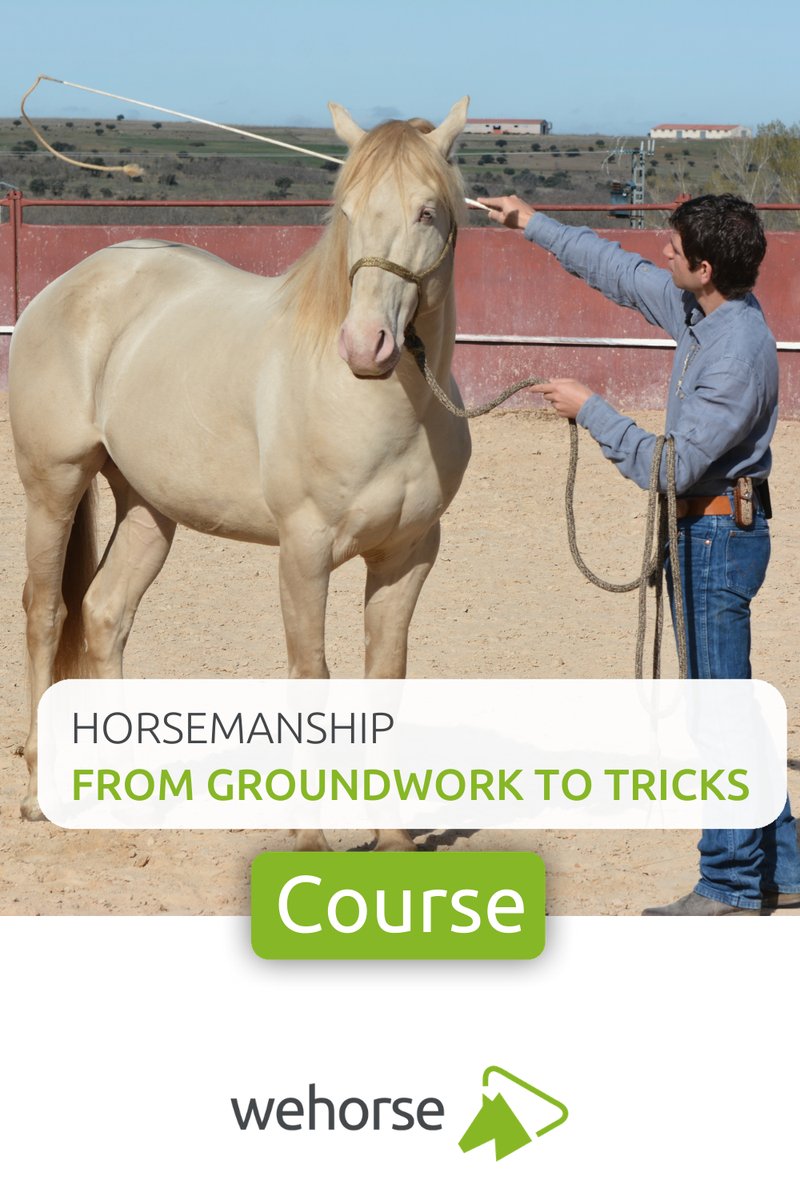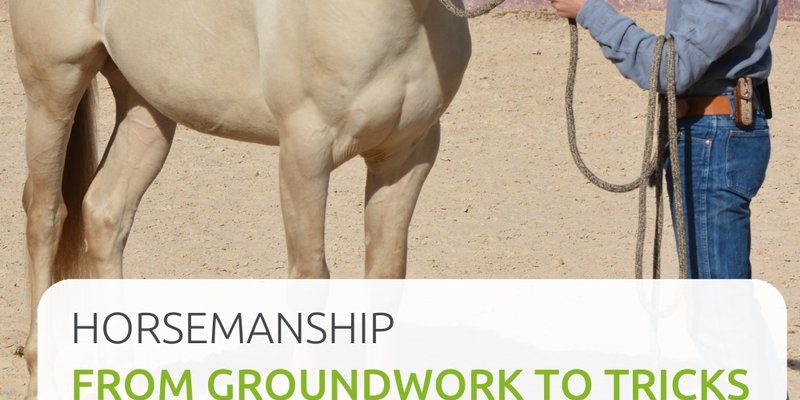
In this guide, I’ll walk you through the essentials of training a horse. We’ll cover everything from basic groundwork to riding tips that enhance your teamwork and connection. With proper groundwork, you set the stage for a great riding experience. It’s like tuning your guitar before a concert—you want everything to sound just right. Whether you’re starting with a young horse or working with a seasoned steed, these principles will help you foster a strong and trusting bond.
The Importance of Groundwork
Groundwork is the foundation of horse training. Think of it as teaching your horse the groundwork of communication before moving on to more complex tasks, like riding. This phase is crucial for establishing trust and respect. It helps your horse understand your cues and how to respond to them.
During groundwork, you’ll have the chance to build your horse’s confidence. You’re not just teaching skills; you’re also developing a relationship. For example, if you teach your horse to yield to pressure by moving away from you, you’re showing them that you’re a leader they can trust. This is an essential component for a successful partnership.
Additionally, groundwork helps the horse become more attentive and responsive during rides. When they know what you expect on the ground, they’re more likely to carry that learning into the saddle. It’s all about creating a mindful and connected experience.
Essential Groundwork Exercises
There are several exercises that can help you and your horse get started on the right foot. Here are some foundational exercises to include in your training routine:
- Lunging: This exercise helps your horse learn to move forward in a circle around you. It’s great for building their fitness and listening skills.
- Leading: Practice leading your horse calmly and confidently. A good leader has a horse that follows without pulling or rushing ahead.
- Backing Up: Teaching your horse to back up on cue is essential. It helps them understand space and respect your personal boundaries.
- Desensitization: Introduce your horse to various objects, sounds, and environments to help them become more adaptable and confident.
These exercises take time and patience, but consistency is key. When you practice these regularly, you’ll be amazed at how your horse’s confidence grows. Remember to keep the sessions short and fun!
Building Trust with Your Horse
Trust is the foundation of any good relationship, and this is especially true in horsemanship. To build trust with your horse, you need to be reliable and consistent. Horses are creatures of habit. They thrive on routine, so having predictable training sessions can help establish that trust.
Here’s a neat trick: always reward good behavior, whether it’s a scratch behind the ears or a treat. If your horse knows that good things come from listening to you, they’re more likely to want to pay attention. Honestly, it’s all about making the training experience enjoyable for both of you.
You might also consider using a soft voice and calm body language. Horses are sensitive to your emotions, so if you’re calm and confident, they’ll be more willing to engage. It’s kind of like sharing a calm energy during a storm—the more relaxed you are, the more relaxed they’ll be!
Basic Riding Principles
Once you’ve established a solid groundwork, you can start transitioning to riding. Here are some basic principles to keep in mind:
– Sit Properly: Good posture is essential for effective communication. Sit up straight and keep your weight balanced. Your horse can feel even the slightest shift, which helps them respond better.
– Use Subtle Aids: Remember, your body is your primary communication tool. Use your legs, seat, and hands gently to guide your horse. A gentle squeeze with your legs can signal them to move forward, while a soft pull on the reins can ask them to slow down or turn.
– Breathe: This may sound simple, but your breathing can influence your horse’s energy. Slow, deep breaths can help calm both you and your horse, especially in new or stressful environments.
Riding should feel like a conversation between you and your horse. The more you practice these basics, the more connected you’ll feel while riding. It’s about creating a harmonious experience, like a well-choreographed dance.
Common Challenges in Training
Even the best training plans can hit bumps along the way. Here are a few common challenges you might face:
– Resistance: If your horse seems resistant, it could be a sign of fear or discomfort. Take a step back and identify what might be causing anxiety. Sometimes, a little desensitization work can help ease their worries.
– Lack of Focus: Horses can be easily distracted. If your horse isn’t paying attention, try changing your environment or keeping your sessions shorter and more engaging. Mixing in fun activities can help maintain their interest.
– Inconsistent Responses: If your horse isn’t responding to cues consistently, it might be a communication issue. Ensure that you’re clear and consistent with your signals. Review the cues and build upon what they already know.
Training a horse is full of surprises, and overcoming challenges can be incredibly rewarding. Remember to stay patient and keep the atmosphere light.
Maintaining a Positive Training Environment
Creating a positive environment for training is essential. This means not just physical space but also mental space. Horses thrive in calm settings where they can feel safe.
Make sure to pick a quiet area free from distractions. If you’re training in a noisy barn or busy arena, try to find quieter times or areas. Also, consider incorporating fun games or challenges to keep things engaging for both of you.
A key part of maintaining positivity is celebrating small successes. Every little step in the right direction is worth acknowledging. Whether it’s a simple “good job” or a gentle pat, reinforcing these moments helps both you and your horse feel good about the training.
The Joy of Partnership
Ultimately, training a horse is about forming a partnership. It’s an experience that can be incredibly fulfilling. Each ride and training session helps you both learn and grow together.
You might find that beyond the skills you acquire, the connection you build with your horse is what brings you the most joy. These lovely creatures teach us patience, understanding, and the beauty of teamwork. It’s like having a dance partner who grows with you, learning new steps and sequences together.
So, enjoy the journey. Embrace the challenges, treasure the small victories, and remember to have fun along the way. A well-trained horse is not just about the skills; it’s about the bond you create and the joy you share.
In conclusion, training a horse requires dedication, patience, and an open mind. The basic groundwork and riding tips we’ve discussed will help lay the foundation for a strong partnership. With persistence and love, you can create an amazing experience for both you and your horse, turning your training sessions into cherished memories.

